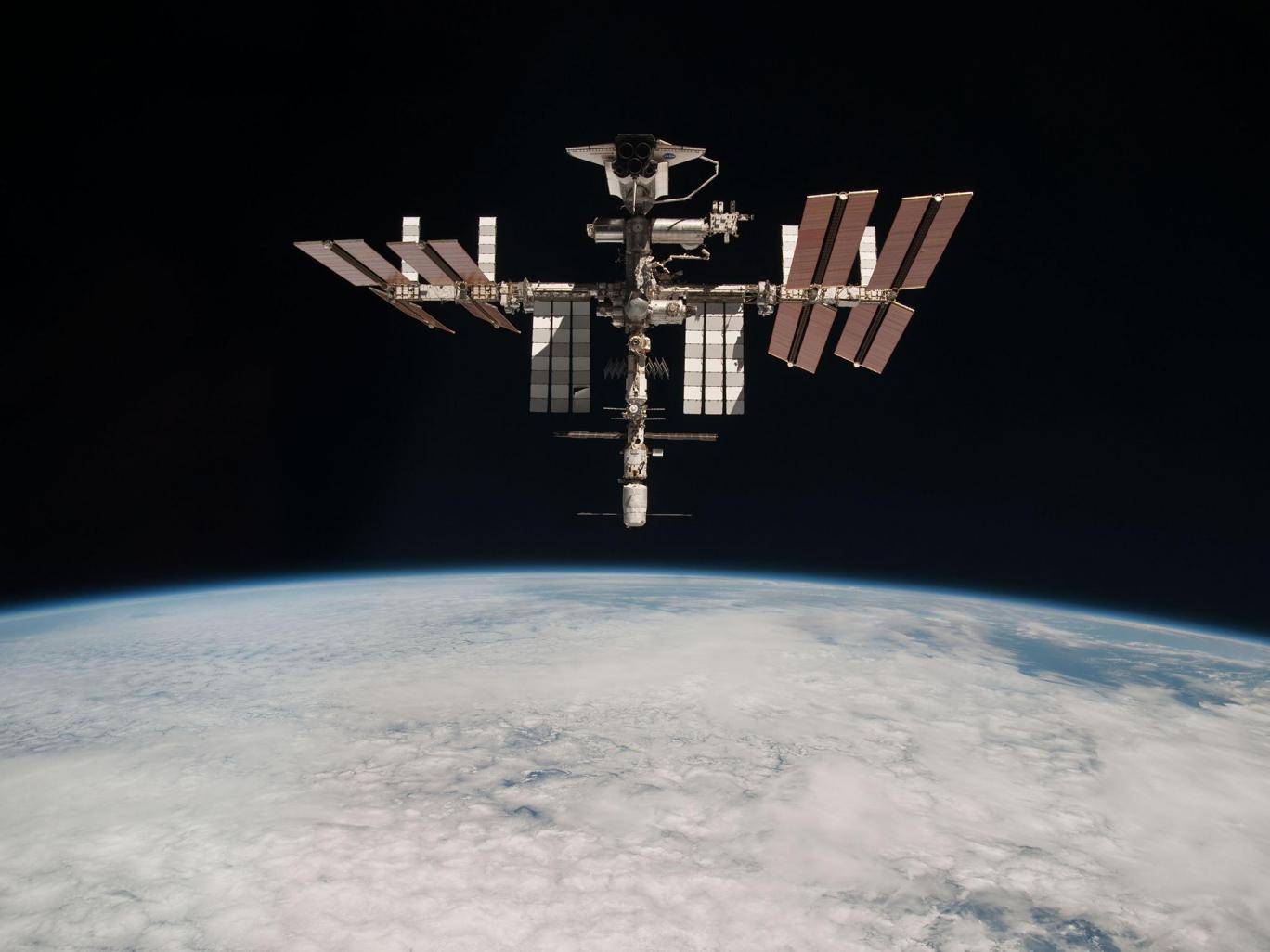Diverse bacteria found on ISS

The International Space Station has a "diverse" collection of Bacteria despite being miles from the Earth, according to new research.
The community of micro-organisms living on board the space lab is remarkably like that in people's homes, the research also found.
Those are the discoveries of a major new project that analysed bacteria found in 15 different places on the International Space Station.
Scientists hope that the new findings could guide future space exploration, as well as helping learn about buildings on Earth. "Learning more about the microbial inhabitants of the 'buildings' in which we travel through space will take on increasing importance, as plans for human exploration continue, with the possibility of colonization of other planets and moons," the authors write in the abstract of their paper, published in the journal PeerJ.
It will be critical to understand how bacteria lives and thrives in space as humans build ships that will carry astronauts off deep into the solar system. It will be particularly important to try and avoid the spread of those bacteria onto other planets – a process called panspermia that could end with the planets coming to host alien life that was carried there from our own planet.
Bacteria found on International Space Station may be alien in origin
The research comes days after a Russian cosmonaut revealed that bacteria had been found on the outside of the space station. That was still being explored to find out exactly where it had come from, he said.
Previous research has even found bacteria that grows better in space than it does on the Earth. For that study, people around the US were asked to send in samples of the bacteria found in their homes, and they were then sent up to the International Space Station – the new research reverses that, bringing samples back down from space and exploring them.
"So 'is it gross?' and 'will you see microbes from space?' are probably the two most common questions we get about this work," said author David Coil, a microbiologist at UC Davis. "As to the first, we are completely surrounded by mostly harmless microbes on Earth, and we see a broadly similar microbial community on the ISS. So it is probably no more or less gross than your living room."
It isn't yet possible to look at bacteria coming from space, he said. "Since the ISS is completely enclosed, the microbes inside the station come from the people on the ISS and the supplies sent to them."
Jenna Lang, former postdoctoral scholar at UC Davis and lead author on the study, agreed.
"The microbiome on the surfaces on the ISS looks very much like the surfaces of its inhabitants, which is not surprising, given that they are the primary source," she said. "We were also pleased to see is that the diversity was fairly high, indicating that it did not look like a 'sick' microbial community."
Jonathan Eisen, who is a professor of medical microbiology and immunology and of ecology and evolution at UC Davis and another author on the study, said that projects like the one that carried out the new research could be critical in the future – both on and off the Earth.
"Studying the microbial diversity on the ISS is not only of relevance to space exploration but also serves as an important comparison to buildings on Earth because the ISS has many novel features such as limited influx of microbes," he said.